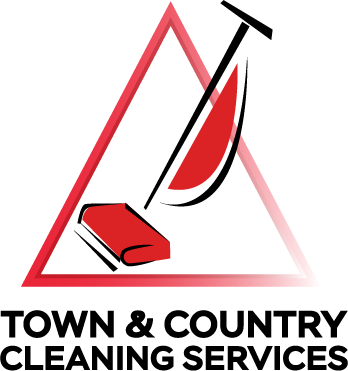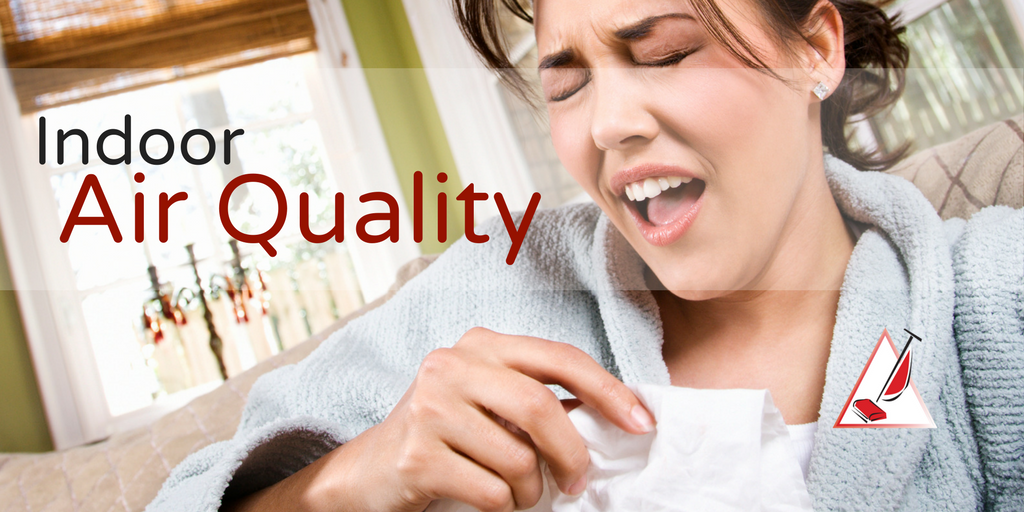➀ Choose High Efficiency Air Filters To Trap Allergens
To maintain a safer indoor air quality in your home, air filters should be changed at lease every 3 months, often sooner.
A clogged air filter not only does not filter well, it also makes your HVAC system work harder, raising your power bill. Clogged filters can even contribute to damaging your HVAC unit(s).
Cheap filters do nothing to trap allergens. The pleated type of filters can trap some or, depending on the filter, even most of the allergens in the home.
Most allergens are invisible to us and frequently are under 10 microns. Good filters can capture down to roughly 1 micron – failing to capture viruses and some bacteria but fine enough to capture most allergens.
➁ Beware Not To Overdose On Cleaning Chemicals

We simply tend to overuse household cleaning chemicals… period.
Many cleaning products, including many “green” products have ingredients in them that adversely affect indoor air quality.
Disinfectants can leave toxic residues.
Many of the fragrances we use to make things smell ‘clean’ can actually aggravate allergies and other respiratory problems.
Chemical-based cleaning agents do have their place…
But, with the advances in chemical-free cleaning (steam, engineered water, etc.), it is increasingly possible to reduce their use and thus avoid adverse effects on indoor air quality.
We can improve the home environment substantially by strongly curtailing our gratuitous use of everyday cleaners.
➂ Upgrade Your Clean With A High Efficiency Vacuum
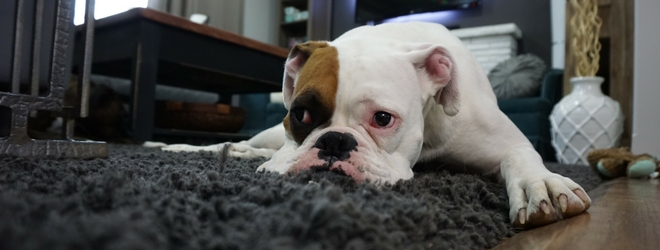
Your carpets act as the best filters in your house… just ask Rover!
That being said, your floors need to be vacuumed regularly in order to remove the dirt, dust and allergens it has trapped in its fibers.
What does ‘vacuumed regularly’ mean?
If you have pets and an active family… especially in the country or the suburbs… you may need to spot vacuum as often as daily.
If not, maybe vacuuming weekly will suffice.
Unfortunately, many vacuums pick up allergens only to spew them out into the air again.
Remember, most of the allergens that are driving you crazy are too small to see. It takes a vacuum with high efficiency filtration to capture those allergens.
A vacuum with a HEPA filter may not guarantee good filtration as much of the air may be leaking around (bypassing) the filter.
Fortunately, there are many good vacuums available.
The CRI (Carpet and Rug Institute) Seal of Approval is awarded to vacuums that meet the metrics test and the industry considered the best rating system. See Carpet-Rug.org for more information.
Don’t forget to vacuum your hard floors as well
One study showed vacuuming was twice as efficient as dust-mopping on hard floors.
➃ Remove Those Pesky Allergens from Your Upholstery
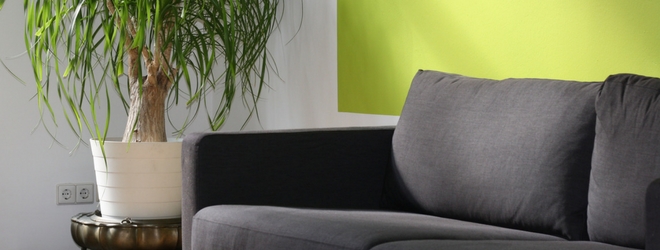
Carpets are NOT the only place allergens collect. Allergens collect in your upholstered furniture as well.
Plus, while you’re sitting on the furniture, you are shedding dead skin cells. Dust mites feed on those cells. Both they and their excrement can collect in your upholstered furniture.
Every time someone sits on the cushions, many of these allergens become airborne.
➄ Refuse To Share Your Bed With Dust Mites
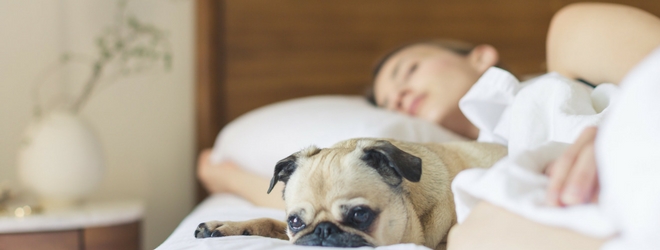
Vacuum your mattress!
Most of us spend more time in bed than any other place. We tend to forget though, what a magnet for allergens that bed can be.
This is where dust mites live and breed.
If you’re waking up with a stuffy nose or aggravated sinuses, try vacuuming your mattress and pillows.
Better yet…
Steam clean your mattress!
Vacuuming will remove many of the allergens, but you can go a step further.
Cleaning your mattress with either hot water extraction or dry steam will not only remove more soil and allergens, but kill dust mites as well.
As long as we are talking about beds, washing your bedding in hot water will kill the dust mites… the hotter the better!
➅ Regular Professional Cleaning Provides The Best Results
Vacuuming can only do so much.
Periodically, you will need to clean out the soils that even careful vacuuming leaves behind.
Most of the carpet mills (the companies that actually make your carpets) recommend professionally cleaning your home’s carpet every 12 to 18 months. They recommend using an IICRC-certified firm that uses hot water extraction.
More often may be necessary in the case of heavy traffic or resident pets.
This not only helps your indoor air quality but also protects your carpet investment.
Professional upholstery cleaning can clean more deeply and remove soils that vacuuming alone can’t reach.
➆ Battle Hidden Dust Bunnies With A Deep Clean
Heads up!
While the weekly cleaning you do may keep the house looking good, it likely still misses areas where dust builds up.
And that dust negatively affects your indoor air quality!
Once or twice a year, a deep clean is called for. How involved such a clean should be depends on your needs: e.g., an asthma sufferer might need a more involved clean. It also depends on your time, energy and your budget.
The Bedroom
Since we spend so much time in the bedroom, that’s a good place to start…
[plus_list]
[list_item]Move the bed out, if possible, vacuum behind and under it as completely as possible.[/list_item]
[list_item]Vacuum behind furniture, moving it out slightly if possible.[/list_item]
[/plus_list]
[gap size=”10px”]
Move on to other rooms…
[plus_list]
[list_item]Begin with dusting the space where your ceiling meets your walls. [/list_item]
[list_item]Wipe or vacuum fans and other high fixtures. [/list_item]
[list_item]Vacuum or dust exposed beams.[/list_item]
[list_item]Dust the tops of furniture.[/list_item]
[list_item]Vacuum cabinet tops.[/list_item]
[list_item]Dust behind and under furniture… moving it out slightly if possible (don’t try moving that breakfront full of curios unless you empty it first).[/list_item]
[list_item]Remove curios from open shelves and dust them as well as the shelves.[/list_item]
[list_item]Pull out and get behind appliances if it is safe to do so.[/list_item]
[/plus_list]
[gap size=”10px”]
One word of warning… with all this high dusting you may stir up more dust than you can believe – in the short term.
➇ Check Air Ducts to Protect Indoor Air Quality
While you’re thinking of a deep cleaning, it might be a good time to have your air ducts inspected and cleaned.
Torn ducts can pull dust, mold spores, and other ‘nasties’ up from the crawl space or attic into the living area.
Dust and dirt can collect in ducts and provide a breeding ground for mold and bacteria. Whatever is in the ducts gets blown throughout the house!
If you have an area near a duct that always seems dusty, this may be an indication that it is time to have your ducts checked. Look for a true professional. Beware of low price come-ons. People who aren’t properly trained can do more harm than good.
Bottom Line… Have your air ducts inspected and cleaned by a certified professional.
➈ Deal with Mold Quickly and Safely
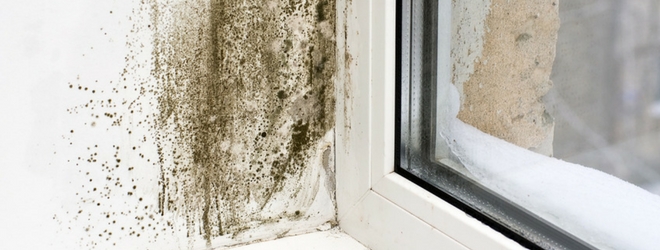
Mold can be a major contributor to unhealthy indoor air quality.
The effects of mold on you vary by type of mold and from person to person. Some people will notice very little effect from minor mold incursions while others may experience significant reactions. The most common effects of mold are sore throats and flu-like symptoms.
Small amounts in shower grout seldom present a health problem, but large amounts can be more of a problem. Mold outside of showers can indicate a moisture problem. Check for leaks as slow leaks can often cause hidden mold problems; inadequate ventilation in areas where moisture builds up can also lead to mold issues.
House Plants and Indoor Air Quality
Check your house plants for mold!

I have a friend who was getting sicker and sicker until he realized the house plant next to his favorite chair was harboring mold between the pot and the saucer. When it was removed…so were his symptoms.
DIY Mold Prevention… and Removal?
Small amounts of surface mold can be handled by first vacuuming with a true HEPA vacuum and then by wiping with a paper towel dampened with a mild detergent solution, folded into eighths. Turn the towel to a fresh side after every swipe. Dispose of the towel when all sides (all 8) are used.
Any large amount of mold requires people specially trained for this type of remediation; misguided efforts can make the problem worse and spread it to previously unaffected areas.
Beware using bleach as it may mislead you by discoloring the mold, rendering it invisible. Assume that bleach does not kill mold nor does it destroy mold spores.
Typically, House Cleaning Technicians are neither equipped for nor trained to remediate mold problems. Asking them to do so can be unhealthy both for you and for them. If you have any questions or see problems, feel free to call our office for advice or other assistance with a mold problem.
➉ Air Purifiers and Ozone
Portable Air Purifiers
Portable air purifiers may be able to improve health, however this is still up for debate. EPA makes no broad endorsement of their use. The best ones will help rid a room’s air of particulate matter which would include many allergens.
Consumer Reports recommends getting a unit designed for a larger room even if your plan is to use it in a small room.
HEPA Filters
Air purifiers with standard HEPA filters will not remove gases or most odors. Those problems may be solved with the addition of an activated charcoal filter or some future technology not yet offered.
Is Ozone helpful?
Ozone is a corrosive gas used in fire and other restoration needs. It is very effective in high concentrations but people, pets and plants must not be in the house while in use.
In the low concentrations found in home purifiers it is not very effective. It does, however, temporarily deaden the occupants’ sense of smell which can give the fleeting impression of improvement.
Is it good for you? Let’s just say that the EPA puts out ozone alerts for a reason.

Town & Country Cleaning Services is a IICRC Certified Firm. Our President, Bruce Vance is a Master Textile Cleaner and holds 16 total certifications. Vice President, Sarah Vance, is a Journeyman Textile Cleaner and holds 5 total certifications. Both are IICRC-certified as HCT instructors.
